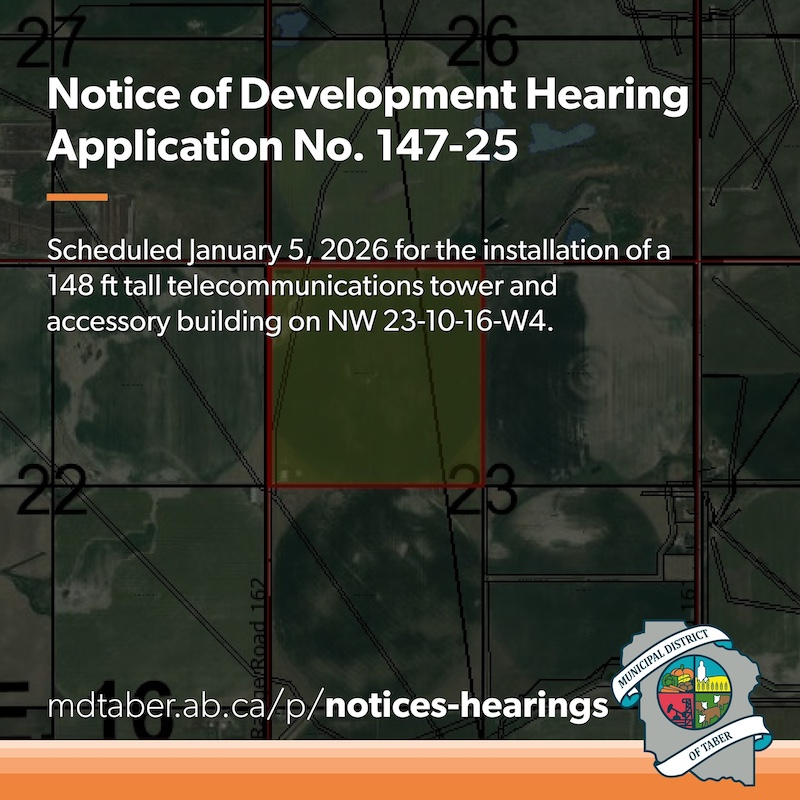As the prolonged winter cold and frost recede, giving way to the initial signs of spring, trees and shrubs awaken from their dormant state, ready to burst into vibrant life. This transition marks a pivotal season for tree care, offering a unique opportunity to foster growth, ensure health, and fortify resilience in the months ahead.
Spring demands vigilant attention, knowledge, and proactive measures for effective tree care. To assist landowners in this endeavour, we present guidelines for spring tree and shrub care. By seamlessly integrating these tips into your routine, you not only create an environment where trees survive but thrive, enhancing the beauty and sustainability of your landscape. Keep in mind that each tree is unique, and understanding its specific needs is crucial for successful spring tree care.
| Questions? |
|---|
| Call 403-223-8735 Monday - Friday 8:00 am - 4:30 pm |
Expand the blue (+) tabs below to learn more.
Assessing Winter Damages
Before engaging in active tree care, it is imperative to evaluate potential winter damage to trees and other landscape plants. Scrutinize branches, trunks, and roots for stress indicators, such as broken limbs, cracks, or raised roots. Timely attention to issues stemming from snow and ice can prevent further damage and promote a robust recovery.
Assessing Winter Burn and Dieback Damages
Certain coniferous tree varieties, including spruces and cedars, may exhibit signs of winter burn, evident in needle browning and bronzing. The combination of intense cold and strong winds can lead to desiccation, resulting in needle shedding in evergreens and branch dieback in deciduous trees. Recognizing and addressing this dieback mechanism early on supports overall tree survival.
Assessing for Pests
Before leafing out, conduct a thorough inspection for pests. Look for signs of diseases such as cankers, blackened and curled twigs, black knots, Cytospora canker, and other fungal infestations. Additionally, check for insect infestations like scales, mites, beetles, and borers, including exit holes and sawdust. Lastly, inspect for wildlife damage from porcupines, voles, deer, moose, and beavers.
Pruning
Late winter and early spring represent optimal times for tree pruning. Remove dead, damaged, or diseased branches to enhance air circulation and reduce the risk of pest infestation. Selective pruning can also improve tree structure and fruit production. Exercise caution not to over-prune, as it may stress the tree. Address dead branches within shelterbelts to mitigate fire risks.
Soil Health Assessment
Healthy soil forms the foundation for robust tree growth. Conduct a soil test to determine pH and nutrient levels, and fertilize based on soil lab results. Adjust pH if necessary and provide balanced, slow-release fertilizers. Avoid excessive fertilization to prevent nutrient imbalances and tree harm.
Mulching
Apply a 4–6-inch-thick layer of organic mulch, such as shredded bark or wood chips, to shield tree roots. Mulching enriches the soil, enhances fertility, improves structure, and inhibits weed growth. Establish a doughnut-shaped wood chip cover around the tree to conserve moisture and minimize soil freezing.
Watering
Adequate watering, especially during dry periods, is crucial in early spring. Ensure thorough saturation of the root zone, particularly for young trees establishing strong root systems. Be mindful of overwatering to prevent root rot. Mulching aids in moisture retention, reducing the need for frequent watering. Test soil and water for sodium levels, avoiding watering with high sodium content.
